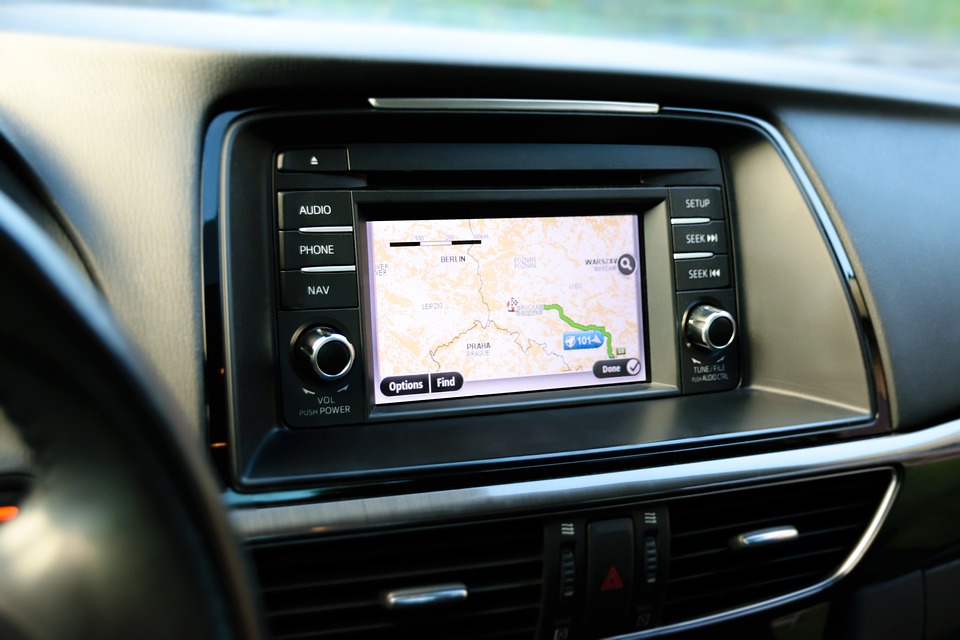Three Ways How Jamboard G Suite Can Empower Your Business

With the fast-changing and dynamic business environment today, teams can now work more closely together regardless of distance and space with the help of Jamboard G Suite.
Major business decisions must be done quickly and eliminate repetitive and tedious manual tasks to ensure success and productivity.
G Suite makes all these things possible. It takes and transforms team collaboration to a whole new level by providing innovative tools to solve problems faster and allowing team members to focus their time on more urgent matters.
Here are the three ways how G Suite unlocks the new kind of collaboration that empowers many businesses in the modern world.
- Jamboard G Suite Transforms the Way Teams Collaborate
In any business, team collaborations have a powerful impact on its success. And to achieve this kind of feat, more efficient and creative ways of sharing ideas are needed.
G Suite provides intelligent tools for creating new and effective ways to help team members work faster and smarter.
The jamboard, for example, is a digital whiteboard powered by G Suite that allows team members to collaborate on different files in real-time regardless of their location.
With Jamboard’s innovative features, team members can actively collaborate and share their ideas by inserting texts, images, or videos directly from their files or the web.
- Improves Accessibility and Connectivity with G Suite’s Collaborative Tools
Another way G suite allows team members to connect and work effectively as one team is through different collaborative tools and services.
These services include custom and secure business emails, integrated online calendars, collaborative word documents, and smart spreadsheets.
The team can also safely meet and connect from anywhere through a video conferencing app built on Google’s robust and highly secure global infrastructure.
- Brings Raw Creativity and Organizational Skills to A New Level
The perfect combination of Jamboard and G Suite provides essential solutions to improve creativity and organizational skills among team members.
Teams can also share their creative ideas in real-time through sessions called jams. Each jam session is saved in the cloud and can easily be accessed and shared within the team.
Files saved in the Google Drive folder can be systematically organized and shared via the cloud. Anyone in the team can always refer back to the previous jam sessions whenever they need to.
With G Suite, important emails can be converted into calendar events and transform team meetings into collaborative sessions within the interactive Jamboard interface.
In summary, G Suite is a highly intelligent and innovative tool that, when utilized properly and efficiently, can transform and empower any business in achieving great success.
Three Ways How Jamboard G Suite Can Empower Your Business Read More »

With the fast-changing and dynamic business environment today, teams can now work more closely together regardless of distance and space with the help of Jamboard G Suite.
Major business decisions must be done quickly and eliminate repetitive and tedious manual tasks to ensure success and productivity.
G Suite makes all these things possible. It takes and transforms team collaboration to a whole new level by providing innovative tools to solve problems faster and allowing team members to focus their time on more urgent matters.
Here are the three ways how G Suite unlocks the new kind of collaboration that empowers many businesses in the modern world.
- Jamboard G Suite Transforms the Way Teams Collaborate
In any business, team collaborations have a powerful impact on its success. And to achieve this kind of feat, more efficient and creative ways of sharing ideas are needed.
G Suite provides intelligent tools for creating new and effective ways to help team members work faster and smarter.
The jamboard, for example, is a digital whiteboard powered by G Suite that allows team members to collaborate on different files in real-time regardless of their location.
With Jamboard’s innovative features, team members can actively collaborate and share their ideas by inserting texts, images, or videos directly from their files or the web.
- Improves Accessibility and Connectivity with G Suite’s Collaborative Tools
Another way G suite allows team members to connect and work effectively as one team is through different collaborative tools and services.
These services include custom and secure business emails, integrated online calendars, collaborative word documents, and smart spreadsheets.
The team can also safely meet and connect from anywhere through a video conferencing app built on Google’s robust and highly secure global infrastructure.
- Brings Raw Creativity and Organizational Skills to A New Level
The perfect combination of Jamboard and G Suite provides essential solutions to improve creativity and organizational skills among team members.
Teams can also share their creative ideas in real-time through sessions called jams. Each jam session is saved in the cloud and can easily be accessed and shared within the team.
Files saved in the Google Drive folder can be systematically organized and shared via the cloud. Anyone in the team can always refer back to the previous jam sessions whenever they need to.
With G Suite, important emails can be converted into calendar events and transform team meetings into collaborative sessions within the interactive Jamboard interface.
In summary, G Suite is a highly intelligent and innovative tool that, when utilized properly and efficiently, can transform and empower any business in achieving great success.

 The external GPS antenna included with in-dash navigation receivers comes with a few simple rules to follow. The first rule is to not cut the antenna or alter it in any way.
The external GPS antenna included with in-dash navigation receivers comes with a few simple rules to follow. The first rule is to not cut the antenna or alter it in any way.




